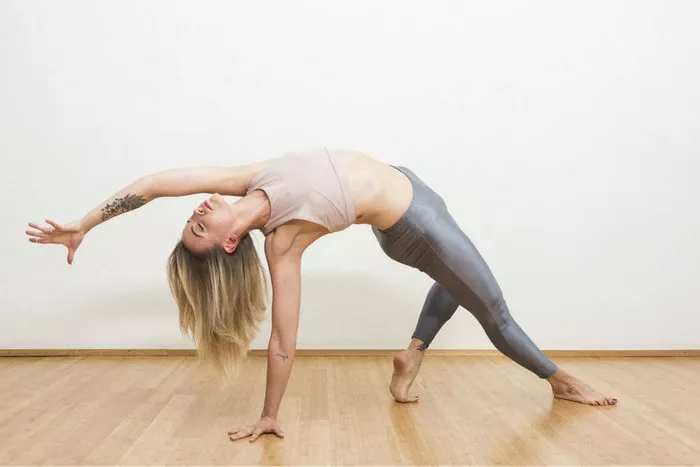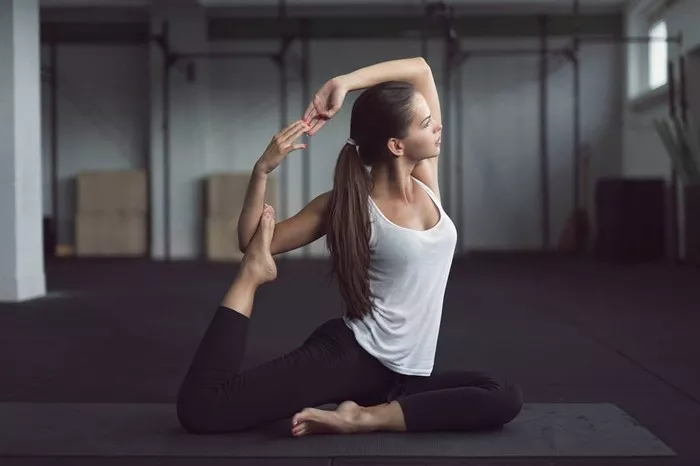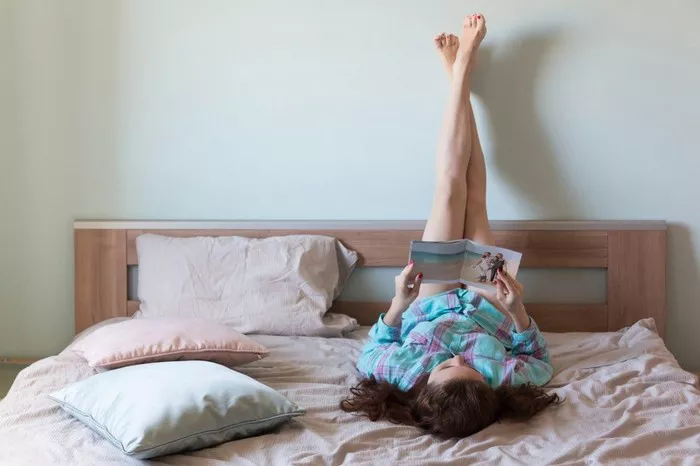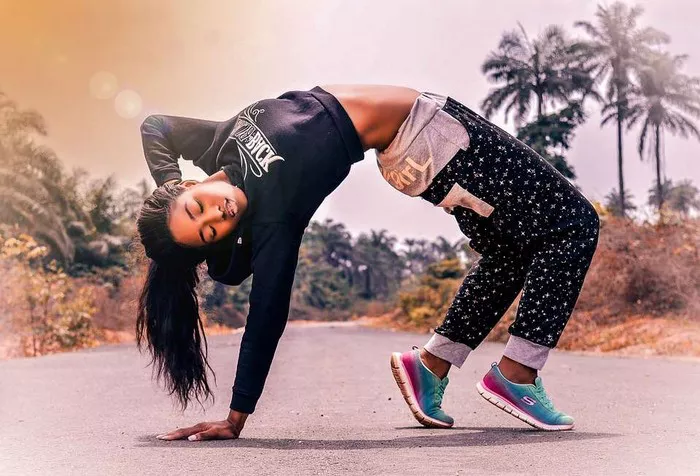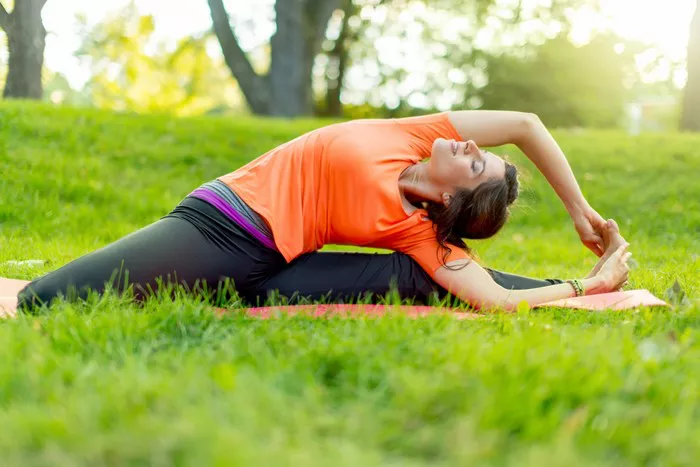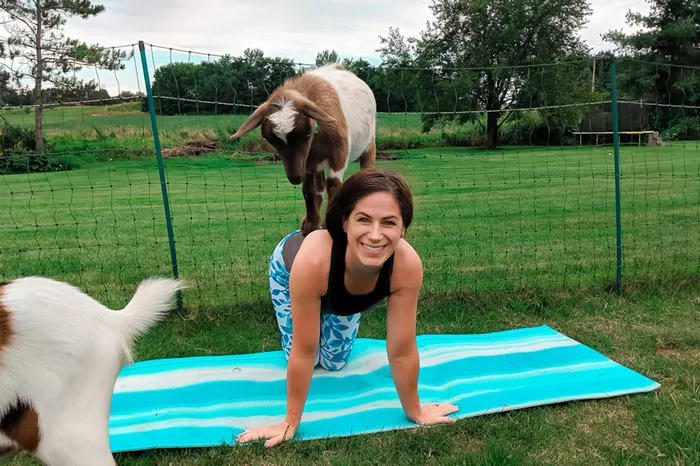Yoga, an ancient practice that intertwines physical postures, breathwork, and meditation, offers a myriad of poses that cater to various aspects of well-being. Among these, the Flower Pose stands out as a symbol of beauty, vitality, and spiritual growth. In this comprehensive guide, we delve into the origins, symbolism, physical and mental benefits, variations and modifications, step-by-step instructions, as well as precautions and contraindications associated with this graceful asana.
Origins and Symbolism
The Flower Pose, known as “Padma Asana” in Sanskrit, draws its inspiration from the lotus flower, a revered symbol in Eastern philosophies. The lotus emerges from murky waters, symbolizing purity, resilience, and enlightenment amidst adversity. Similarly, the Flower Pose invites practitioners to embody these qualities as they delve into the depths of their practice.
Physical and Mental Benefits
The Flower Pose offers a plethora of physical and mental benefits, making it a staple in yoga routines worldwide. Physically, it stretches the hips, thighs, and groin while strengthening the core and improving posture. The gentle opening of the chest and shoulders enhances respiratory function and relieves tension accumulated from prolonged sitting or standing.
Mentally, the pose fosters a sense of calmness and tranquility, as practitioners synchronize breath with movement. The meditative quality of the asana cultivates mindfulness, promoting introspection and self-awareness. With regular practice, individuals may experience reduced stress, anxiety, and fatigue, leading to an overall sense of well-being.
Variations and Modifications
Variations and modifications of the Flower Pose cater to practitioners of all levels and accommodate individual anatomical differences. For beginners or those with limited flexibility, props such as yoga blocks or bolsters can provide support and stability. Alternatively, advanced variations may involve binding the arms or adding a backbend to intensify the stretch.
Additionally, variations such as Half Lotus Pose or Bound Lotus Pose offer alternatives for individuals with hip or knee concerns. These modified versions allow practitioners to experience the benefits of the pose while respecting their body’s limitations and avoiding potential discomfort or injury.
Step-by-Step Instructions
- Begin by sitting comfortably on the mat with legs extended.
- Bend the right knee and bring the right foot towards the left hip crease, allowing the sole of the foot to face upward.
- Similarly, bend the left knee and bring the left foot towards the right hip crease.
- Gently place the hands on the knees or thighs, palms facing upward.
- Lengthen the spine, engage the core, and relax the shoulders away from the ears.
- Close the eyes and focus on the breath, maintaining a steady rhythm.
- Soften the facial muscles and release any tension in the body.
- Remain in the pose for 5-10 breaths, or as long as comfortable.
- To release, gently unfold the legs and return to a seated position with legs extended.
Precautions and Contraindications
While the Flower Pose offers numerous benefits, it is essential to practice with caution, especially for individuals with pre-existing health conditions or injuries. Pregnant women should avoid deep hip opening poses like the Flower Pose, as it may strain the pelvic muscles and ligaments. Additionally, individuals with knee or ankle injuries should proceed with caution and avoid forcing the legs into positions that cause discomfort or pain.
Furthermore, those with hip impingement or sacroiliac joint dysfunction should consult with a qualified yoga instructor or healthcare professional before attempting the pose. It is crucial to listen to the body’s signals and modify the pose accordingly to prevent exacerbating existing issues.
Conclusion
In conclusion, the Flower Pose transcends its physical form to symbolize inner transformation and spiritual awakening. As practitioners journey through the petals of this exquisite asana, they not only nurture their bodies but also nourish their souls, blossoming into the fullest expression of themselves. With mindfulness, compassion, and dedication, the Flower Pose becomes not just a posture but a path towards profound self-discovery and profound well-being.
FAQs:
Why are yoga poses named after animals or plants?
Yoga poses are often named after animals or plants to evoke their qualities and characteristics. This naming convention reflects the interconnectedness between nature and the human body, as practitioners aim to embody the grace, strength, and flexibility observed in animals and plants. For example, poses like Cobra Pose (Bhujangasana) mimic the posture of a cobra, emphasizing spinal extension and vitality, while Tree Pose (Vrksasana) mirrors the stability and rootedness of a tree, promoting balance and inner strength.
What yoga poses are named after gods?
Several yoga poses are named after Hindu gods and goddesses, reflecting their attributes and symbolism. For instance, Warrior Pose (Virabhadrasana) honors the fierce warrior Virabhadra, representing courage and determination. Similarly, Lord of the Dance Pose (Natarajasana) pays homage to Lord Shiva, the cosmic dancer, embodying grace and cosmic balance.
What is a dragon pose?
Dragon Pose, also known as Dragonfly Pose or Firefly Pose, is a challenging arm balance that requires both strength and flexibility. In this pose, the practitioner balances on their hands with the legs extended out to the sides, resembling the wingspan of a dragon. Dragon Pose strengthens the arms, shoulders, and core muscles while stretching the inner thighs and groin. Additionally, it cultivates focus, balance, and confidence, inviting practitioners to embody the mythical power and grace of the dragon.



